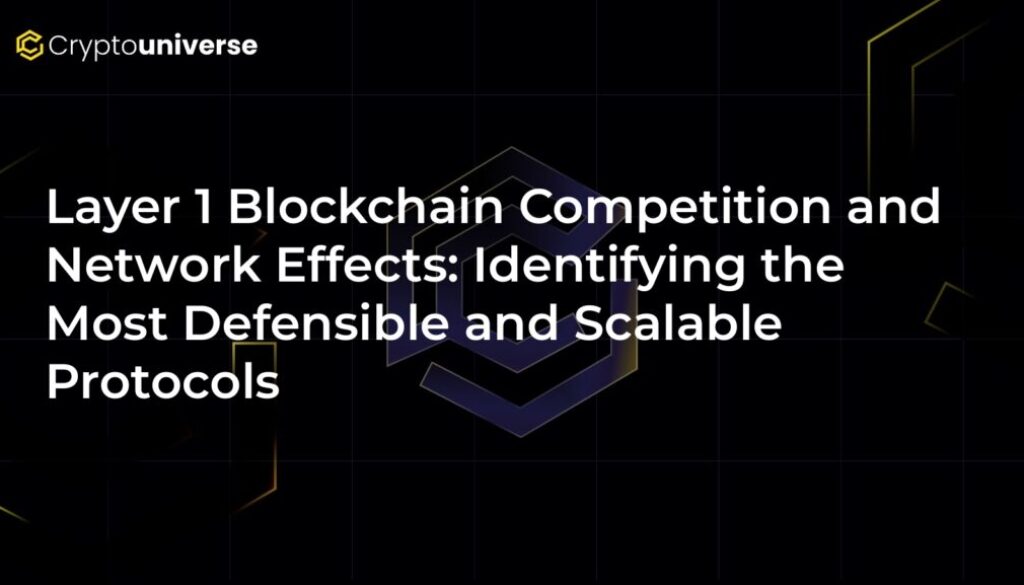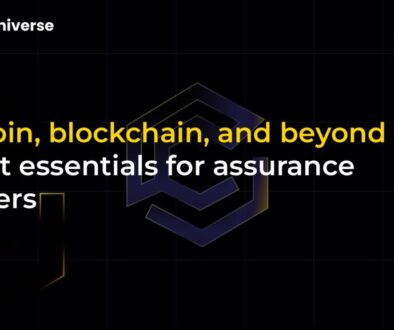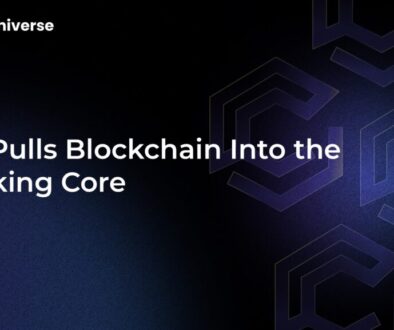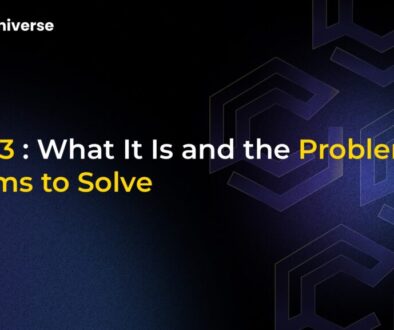Layer 1 Blockchain Competition and Network Effects: Identifying the Most Defensible and Scalable Protocols

The High-Stakes Race for Layer 1 Dominance
The Layer 1 (L1) blockchain landscape is no longer a niche technological experiment; it’s a bustling metropolis of competing digital nations, each vying for developers, users, and capital. As we look toward the future, the battle for supremacy isn’t just about who is fastest. It’s a complex interplay of raw performance, adaptable governance, and real-world utility. For investors and builders alike, identifying the protocols with the most durable competitive advantages—or “moats”—is the key to navigating this dynamic environment.
At the heart of this competition lies the classic Blockchain Trilemma: the challenge of simultaneously achieving scalability, security, and decentralization. This article dissects the leading L1 contenders, examining their technical strengths, governance models, and the powerful network effects that could determine the long-term winners.
The Scalability Arms Race: Beyond Transactions Per Second
Scalability remains the most visible battleground in the L1 wars. A network’s ability to process a high volume of transactions quickly and affordably is critical for supporting everything from decentralized finance (DeFi) to on-chain gaming and AI.
The Evolving Giants and Blazing-Fast Challengers
- Ethereum (ETH): As the original smart contract platform, Ethereum has undergone a monumental transformation. With its shift to Proof-of-Stake (PoS) and the ongoing rollout of sharding, its theoretical throughput has skyrocketed to around 45,000 transactions per second (TPS). However, its immense popularity means gas fees can still spike during peak network congestion, a persistent hurdle for mainstream adoption.
- Solana (SOL): Built for speed from the ground up, Solana leverages its unique Proof of History (PoH) consensus mechanism to achieve a blistering 65,000 TPS with sub-second finality. This high performance has made it the go-to platform for high-frequency applications like decentralized exchanges and the burgeoning field of AI agent development.
- The Next Generation: Pushing the boundaries even further are newcomers like Monad, which aims for 10,000 TPS with full EVM compatibility through parallel execution, and specialized platforms like Hyperliquid, boasting 100,000 orders per second for its on-chain order book. While incredibly promising, their long-term success hinges on building out robust ecosystems to match their technical prowess.
The key takeaway for investors is to look beyond raw TPS. Sustainable scalability—a balance of speed, low cost, robust security, and sufficient decentralization—is the true measure of a network’s long-term viability.
Governance: The Unseen Engine of Long-Term Value
If scalability is a blockchain’s engine, governance is its steering wheel. A protocol’s ability to adapt, upgrade, and resolve disputes without compromising its core principles is a critical, yet often overlooked, defensible moat.
From Rigid Rules to Flexible Frameworks
- Ethereum’s Deliberate Pace: Ethereum’s evolution is guided by a hybrid model of core developers and community-driven Ethereum Improvement Proposals (EIPs). This process is methodical and prioritizes security, though it can be slow to implement major changes.
- Avalanche’s Modular Approach: Avalanche (AVAX) offers a unique solution with its “subnet” architecture. This allows projects and enterprises to launch their own custom blockchains with specific governance rules and fee structures, fostering institutional adoption by providing a more controlled environment.
- Innovative Economic Models: Emerging protocols are experimenting with novel governance systems. Berachain’s Proof of Liquidity (PoL) model, for instance, aligns the incentives of network validators and liquidity providers, creating a symbiotic relationship that enhances both security and capital efficiency.
The most resilient protocols will feature governance systems that are both adaptable enough to embrace innovation and decentralized enough to resist capture by any single group.
Real-World Adoption: Where a Blockchain Proves Its Worth
Ultimately, a blockchain’s value is determined by its utility. A technically superior chain with no users or applications is a ghost town. The leaders in the L1 space are differentiating themselves by capturing specific, high-value markets.
- Ethereum: The DeFi Kingpin: With over $120 billion in total value locked (TVL), Ethereum remains the undisputed center of the DeFi universe. Its vast ecosystem of stablecoins, lending protocols, and exchanges gives it an incumbency advantage that is difficult to challenge.
- Solana: The Hub for AI and High-Frequency Apps: Solana’s low fees and high throughput are attracting a new wave of innovation, particularly in AI agent development and decentralized physical infrastructure networks (DePIN), where countless micro-transactions are the norm.
- Avalanche & BNB Chain: The RWA Frontier: The tokenization of Real-World Assets (RWAs)—such as real estate, commodities, and private credit—is a burgeoning $24 billion market. Avalanche and BNB Chain have emerged as early leaders, providing the infrastructure to bring these traditional assets on-chain.
The Power of Network Effects: Building an Unbeatable Moat
Network effects are the invisible force that makes a strong protocol even stronger. As more users, developers, and capital join an ecosystem, the value of that ecosystem grows exponentially for everyone involved.
We see this playing out across the top L1s:
- Ethereum’s Developer Moat: With the largest community of developers, the most mature toolkits (like Solidity), and a vast library of audited code, building on Ethereum is often the default choice, creating a self-reinforcing cycle of growth.
- Solana’s Economic Flywheel: Its fee-burning mechanism, where a portion of every transaction fee is destroyed, creates deflationary pressure on the SOL token. As network usage grows, the supply of SOL can decrease, potentially driving value for token holders.
- Sustainability as a Magnet: Ethereum’s transition to Proof-of-Stake cut its energy consumption by over 99.95%. This move not only improves its public image but also attracts environmentally conscious institutional investors and corporations.
Conclusion: Identifying the Winners in a Multi-Chain World
The era of a single “winner-take-all” blockchain seems unlikely. Instead, the future is shaping up to be a multi-chain landscape where different protocols specialize in what they do best. For those looking to invest or build, the most compelling L1s are those that combine technical innovation with clear signs of real-world adoption and powerful, compounding network effects.
Ethereum stands as the blue-chip, foundational layer of the decentralized economy, making it a relatively conservative bet. Solana and Avalanche offer higher growth potential by targeting next-generation markets like AI and RWA tokenization. For those with a higher risk tolerance, cutting-edge projects like Monad represent the technological frontier, though their success is far from guaranteed.
As the market matures, the protocols that thrive will be those that master the delicate balance between performance and decentralization, adaptability and security. Understanding these dynamics is the core of analyzing the


